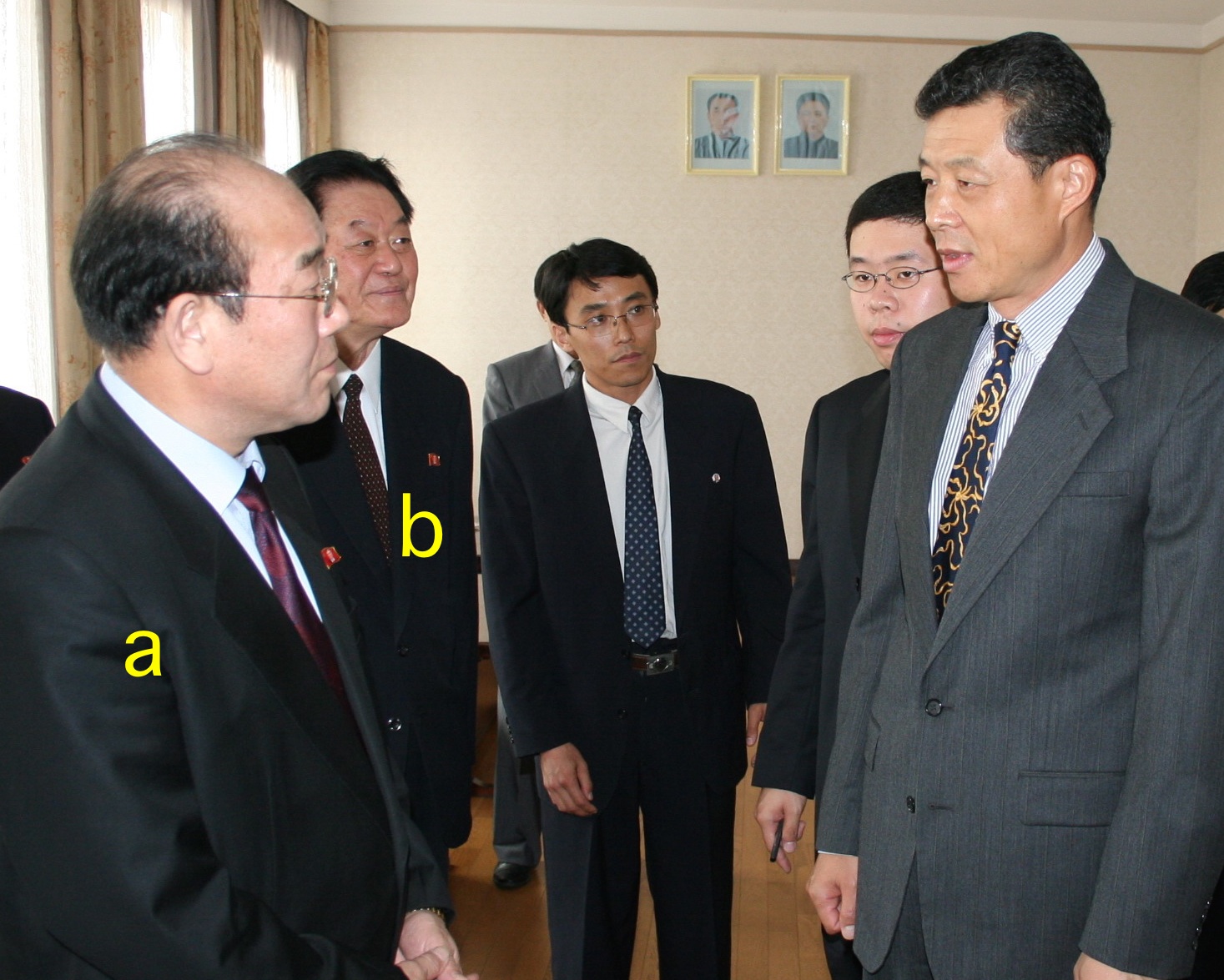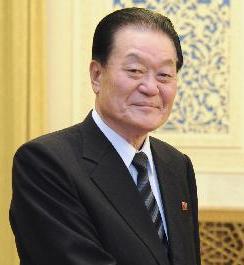Kim Ki Ryong (1940-2017)
Former Rodong Sinmun editor and Workers’ Party of Korea [WPK] Central Committee Member Kim Ki Ryong (Kim Ki-yong) died in Pyongyang on March 29 (Wednesday).
Kim Ki Ryong started his career in the early 1960s as a staff reporter for the WPK daily newspaper Rodong Sinmun. During the 1970s became a columnist for Rodong and in 1980 was promoted to editorial writer. He was appointed an associate editor of Rodong Sinmun in 1985. In 1988 he was appointed head of the Publication Guidance Bureau, a state organization which is the leading censorship agency in the DPRK regulating all written media content. In 1989, Kim was appointed President of the Korean Central News Agency [KCNA] and Chairman of the Public Information Committee (to which KCNA is directly subordinate) which is equivalent to a Ministerial position in the DPRK Cabinet.
Kim was elected a deputy (delegate) to the 9th Supreme People’s Assembly in 1990. He was elected an alternate (candidate) member of the WPK Central Committee during the 19th plenary meeting (plenum) of the 6th Central Committee on December 24, 1991 and was upgraded to full WPK Central Committee Member during the 20th plenary meeting (plenum) on December 10, 1992. Kim Ki Ryong’s career experienced a major setback in 1996 (along with numerous other DPRK elites) and he was removed from office as head of KCNA.
In 2000 he was reappointed head of KCNA. He met former ROK Minister of Culture and Tourism Park Jie-won in August 2000 during which, according to Park, Kim called for cooperation between KCNA and Yonhap News Agency and “expressed disappointment” that the head of Yonhap did not visit the DPRK. He also accompanied late DPRK leader Kim Jong Il (Kim Cho’ng-il) during his visit to the PRC Embassy in Pyongyang.
Kim Ki Ryong was elected a deputy (delegate) to the 11th Supreme People’s Assembly in 2003. In May 2004, Kim met with then-Xinhua Deputy President Xu Xian in Pyongyang and told Xu “you have made great success in news reporting in the past 20 years and there is a lot of experience our agency should learn about.” In December 2006, Kim Ki Ryong spoke at a meeting marking KCNA’s 60th anniversary. Kim Ki Ryong met his counterpart from Yonhap News Agency during October 2007 in the first meeting between the heads DPRK’s and ROK’s state news agencies.

Kim Ki Ryong [b], at the time KCNA President, and Cha Sung Su [a], at the time Chairman of the Central Broadcasting Commission, meet with former PRC Ambassador to the DPRK Liu Xiaoming on September 26, 2006
Kim Ki Ryong was born in Ryanggang (Yanggang) Province in 1940 and studied at Kim Il Sung University. As with other senior DPRK media officials, Kim had close political and some social ties to late DPRK leader Kim Jong Il.
